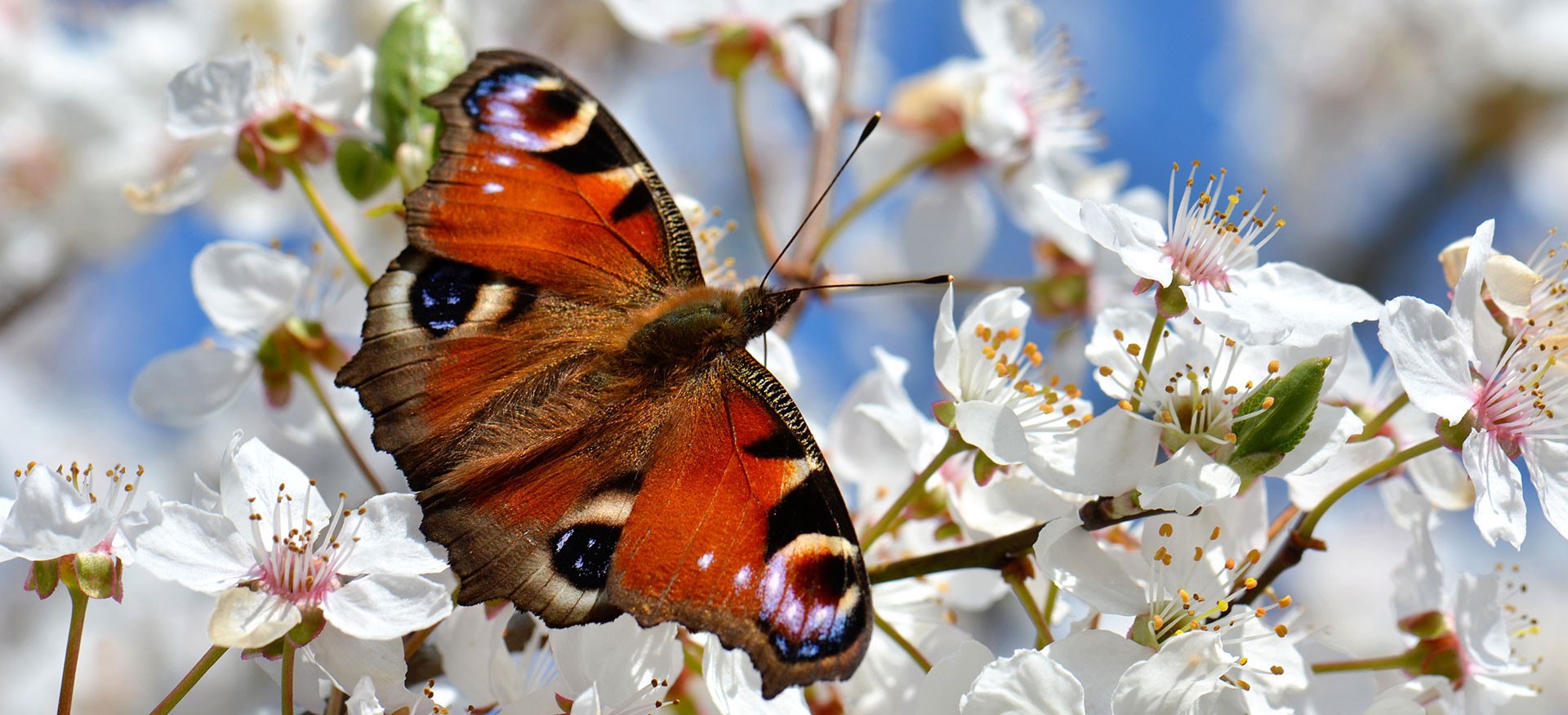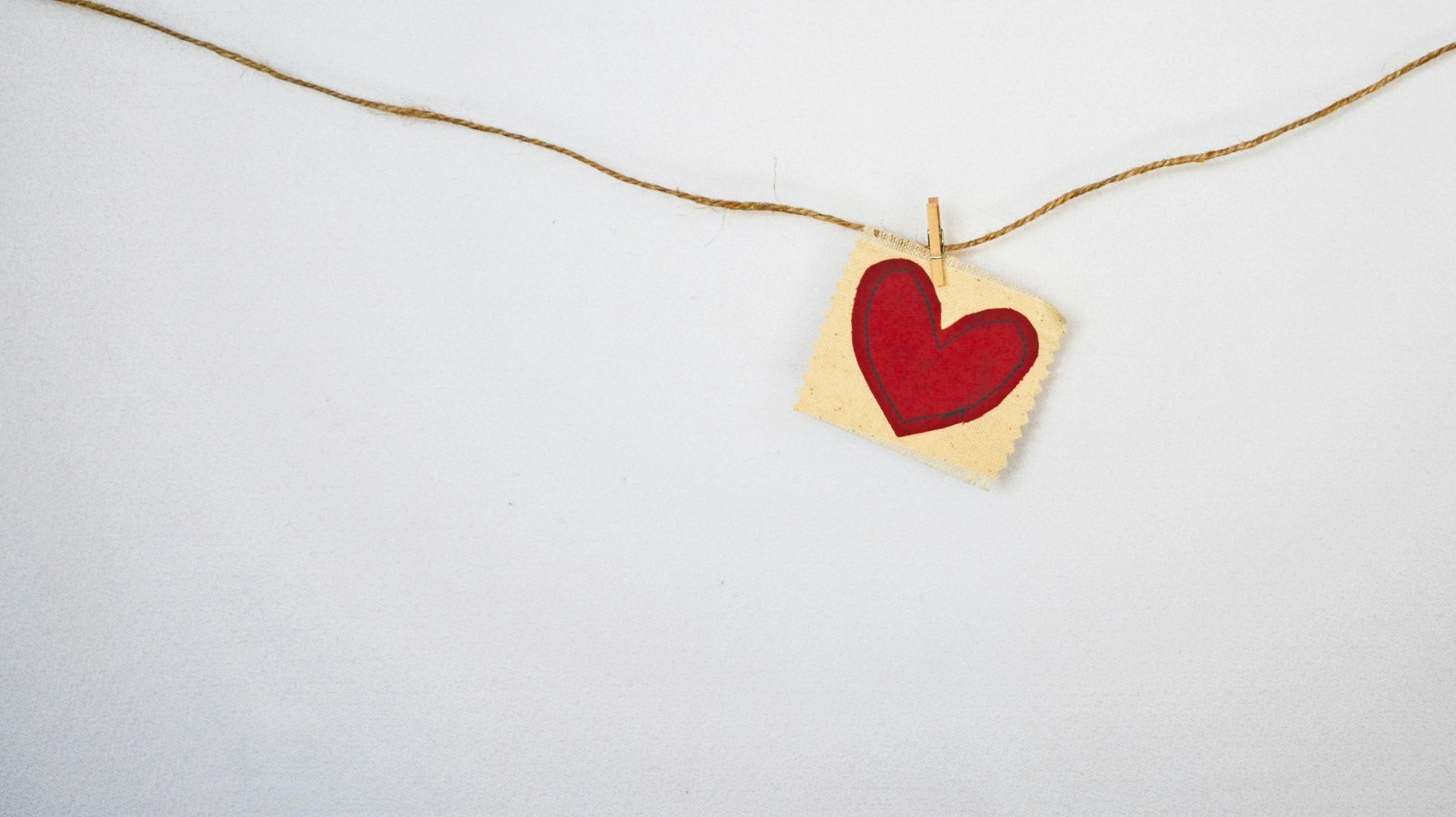
I always see Autumn planting as an act of faith. Days are getting shorter. Light diminishes and the thermostats go up whilst we hunker down until Spring. Every year as we get nearer to the time when the days get longer I find myself willing the light to come. And every year it does. Thankfully. Like many of us, I get into my garden as quickly as possible for as long as possible. I don’t look at my watch if I’m gardening. I begrudge coming indoors when there’s so much to do outside. Having a large garden is even more appreciated now than in past years. It usually saves my sanity, and this year, with Covid 19 rampaging across the world, self-isolation for me is made bearable by my garden.
But this is not a gardening blog. There are plenty of those about! This is a blog about Hope and Faith. I began by saying that I view autumn gardening as an act of faith. I trust that all the work I do in planting my Spring bulbs will be justified. There’s a catch phrase in the therapy world. “Trust the process.” It’s a good maxim. In my garden I mulch my plants with a good dressing. I make sure my beds are as weed free as possible. That everything is securely fastened to cope with Winter’s storms and temperatures. Then I wait for Spring to show me that my preparation was good enough (another therapy catch phrase!). This year, once more, it seems that my preparation was good enough. My garden is a delight. (You may applaud at this point!)
The use of the garden as a metaphor for change and growth is not new. Emerson observed that “Every natural fact is a symbol of some spiritual fact”. I want to draw a few more parallels between gardening and therapy. (I shall try to avoid getting too allegorical.) A starting point for both is in good preparation. Plants do best in well prepared soil. (Weeds flourish in unprepared beds.) A good therapist knows which soil best suits them. I don’t do well in CBT soil. I thrive in psychoanalytic soil. I find CBT (Cognitive Behavioural Therapy) too prescriptive. Psychoanalytic thinking matches my preferred way of working.
The other element of the garden as metaphor that I want to use is the right setting for the right plant. We all know that some plants like an acid soil; others an alkaline one. So with my patients. Some thrive in the structure of CBT whilst others enjoy psychoanalytic thinking. The initial meeting quickly shows us who will thrive where. When my patients ask me ‘How does this work?” I usually end up quoting Freud’s maxim that the point of psychoanalysis is to turn neurotic misery into ordinary unhappiness. (Which is much more encouraging than it at first sounds!)
The final point I want to make is that therapy, like gardening, is an act of faith. All we can do as patient and therapist is to provide the optimum conditions for growth. We might have an idea what the final bloom will look like, but it is subject to so many variables, which is both the joy and the frustration of the work.
Don't give up








